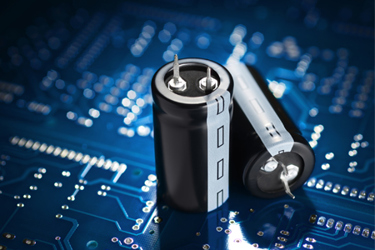The Essential Relationship Between Two Key RF Components

Capacitors and inductors are fundamental, complementary components in RF circuit design. While both store energy, they do so differently—capacitors store energy in electric fields and regulate voltage changes, while inductors store energy in magnetic fields and resist changes in current. Mechanical analogies help visualize their functions: capacitors resemble springs that store and release energy through compression, whereas inductors behave like masses that resist acceleration.
In RF systems, their frequency-dependent behavior is crucial. As frequency increases, capacitors exhibit decreasing reactance (behaving like short circuits), while inductors show increasing reactance (acting like open circuits). This opposing behavior becomes the foundation of LC circuits, where energy continuously oscillates between the capacitor’s electric field and the inductor’s magnetic field at a specific resonant frequency. This oscillation is key for functions like signal filtering, frequency selection, and oscillator stabilization.
LC circuits also play a vital role in impedance matching, ensuring maximum power transfer between circuit stages. Using configurations like L-section networks, designers can adjust impedance up or down by arranging capacitors and inductors in series or parallel. For example, RF amplifiers often use matching networks to bridge the low impedance of active devices with system-level impedance, enhancing efficiency and minimizing signal loss.
These fundamental principles—resonance, energy exchange, and impedance transformation—are essential for developing precise, high-performance RF systems. Mastering how capacitors and inductors interact in these roles lays the groundwork for deeper exploration into advanced circuit design, especially in areas like power conversion and high-frequency communications.
Get unlimited access to:
Enter your credentials below to log in. Not yet a member of Med Device Online? Subscribe today.
